Change and continuity
Consideration of change and continuity tends to be a feature of period and thematic studies. The latter, in particular, make it possible for students to examine trends and turning points over time, looking at those dimensions which remain stable while others alter, and examining the varying pace, direction and nature of those alterations. Another aspect of change and continuity – one that can also be explored within shorter depth studies – is the lived experience of change: how particular developments were experienced and understood by those who lived through them. These materials provide important insights into common student misconceptions and illustrate a range of strategies for planning and teaching (including the choice of worthwhile historical questions) that will support the development of more effective analytical descriptions of change and continuity. Read more
-

New, Novice or Nervous? 162: GCSE Thematic Study
ArticleClick to view -

Climate change: greening the curriculum?
ArticleClick to view -
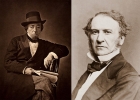
Engaging Year 9 students in party politics
ArticleClick to view -
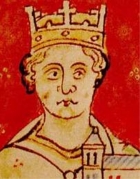
Cunning Plan 159: Was King John unlucky with his Barons?
ArticleClick to view -

Historical Perspective & 'Big History'
ArticleClick to view -

Transforming Year 11's conceptual understanding of change
ArticleClick to view -

Using timelines in assessment
ArticleClick to view -
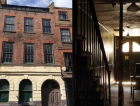
Helping Year 9s explore multiple narratives through the history of a house
ArticleClick to view -

Unpacking the suitcase and finding history: doing justice to the teaching of diverse histories in the classroom
ArticleClick to view -

Continuity in the treatment of mental health through time
ArticleClick to view -

Developing students' thinking about change and continuity
ArticleClick to view -
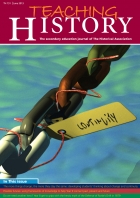
Teaching History 151: Continuity
ArticleClick to view -

New, Novice or Nervous? 150: Getting pupils to see change over time
ArticleClick to view -
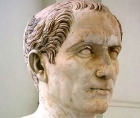
Out went Caesar and in came the Conqueror: A case study in professional thinking
ArticleClick to view -

How students make sense of the historical concepts of change, continuity and development
ArticleClick to view -
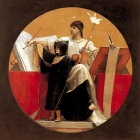
Key Concepts at Key Stage 3
Multipage ArticleClick to view -

Understanding 'change and continuity' through colours and timelines
ArticleClick to view -

'Picture This': A simple technique to teach complex concepts
ArticleClick to view -

Move Me On 139: teaching about change and continuity
ArticleClick to view -

From human-scale to abstract analysis: Year 7. Henry II & Becket
ArticleClick to view

